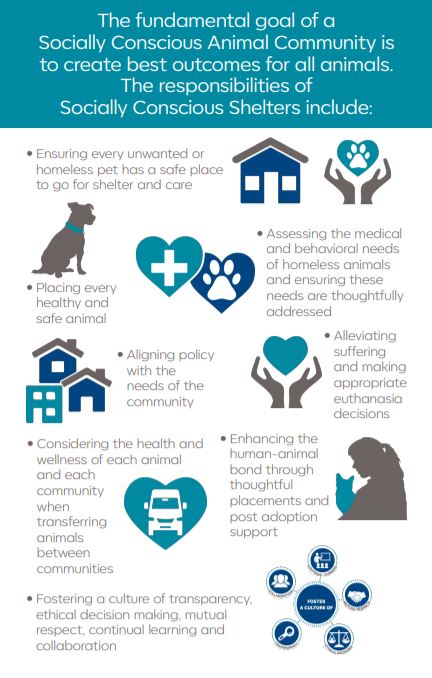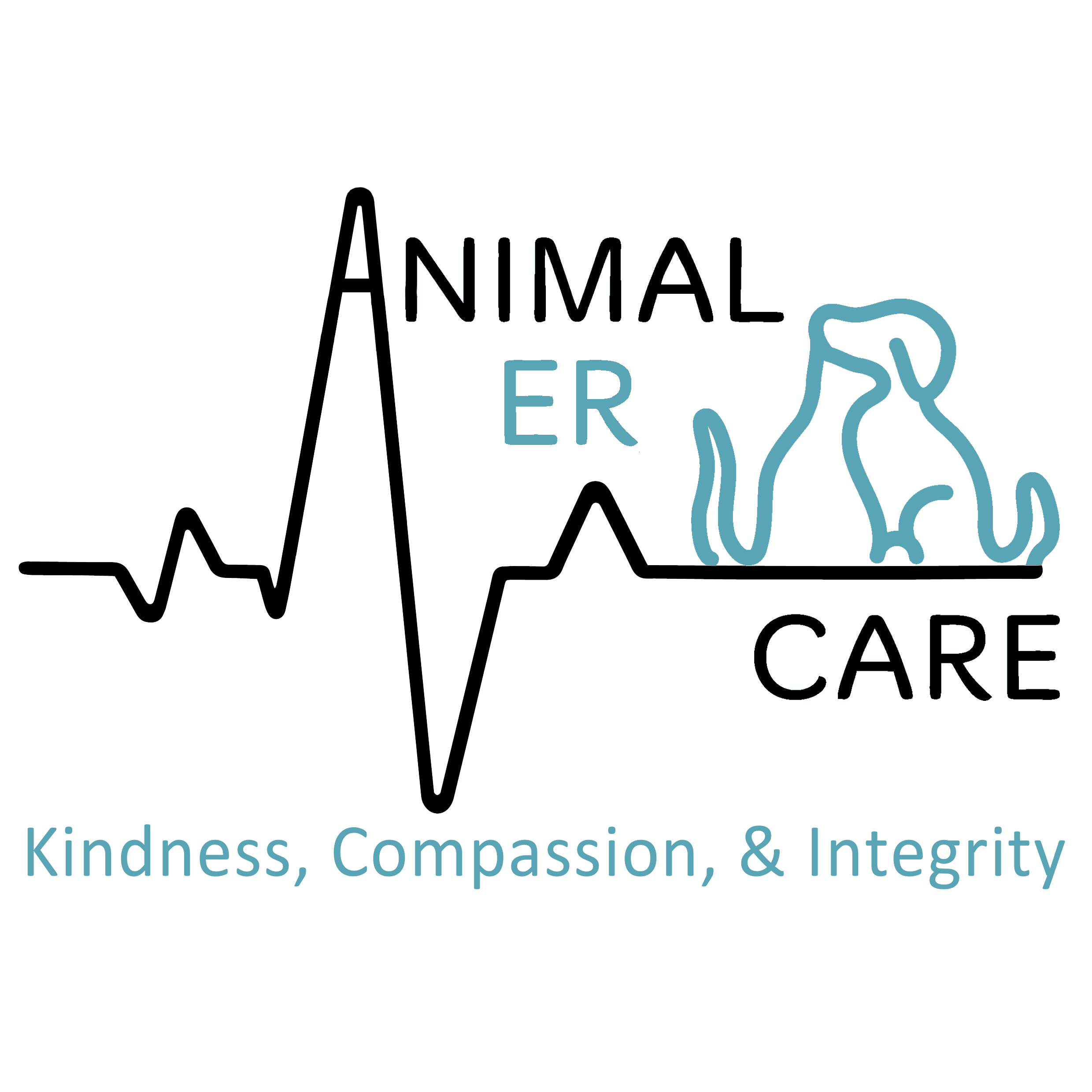In this blog,
we are going to explore socially conscious sheltering (SCS), what it is, why we at HSPPR practice it, and each of its eight facets that make it successful. Month by month in 2020, we will continue this blog series to explain each key theme with a relevant story, so you can better understand how HSPPR puts this exciting way of sheltering into practice.
Up first, we are discussing what SCS is and why we abide by its framework!
What is Socially Conscious Sheltering (SCS)?
Basically it’s a new term that helps us better describe the care and attention HSPPR has been giving to each homeless pet for years! SCS is an approach to animal welfare that lays out guidelines for shelters to use to make the best decisions possible for their communities and pets. SCS serves as a framework for shelter policy, legislation, and procedure creation to help animal welfare organizations save as many lives as possible, while ensuring all homeless pets get the care they need.
As a socially conscious shelter, we:
– Never turn away a pet in need. We are an open admission shelter because limited admission leaves animals with nowhere to go and people with no options. That’s not good for the community!
– Measure the success of our shelter not on one single statistic, like a lives saved rate, but on our ability to increase the quality of life for pets and people in our community. When you concentrate on just one statistic, you make decisions based on how to reach that certain number, rather than what’s best for the animals and the community, which could result in animals being kept alive even when they are suffering or transferring an animal to an organization not equipped to meet their specific needs. Instead, we look at all statistics to judge our success. But more importantly, we look at quality of life for the animals in our care.
– Treat every animal as an individual and give each one the best outcome possible based on their needs. Just like all humans are unique, so are all animals. Instead of judging them on their breed, we look at each dog as an individual, considering his/her history, past training, behavior evaluation, medical prognosis and more. Then we evaluate our resources, like medical care, behavior programs, foster homes, and transfer partners, to see what plan of action would result in the best outcome for this particular pet. This way, we can best meet the needs of that specific animal, rather than making assumptions based on breed, size, etc.
Why practice SCS?
It’s becoming increasingly evident that a one-size-fits-all approach to animal welfare doesn’t work. The needs, pets, and people of each community are unique and should be addressed as such. For example, HSPPR works primarily in El Paso and Pueblo counties, where the communities care deeply about their pets, but in some areas, are burdened with financial difficulties.
Instead of turning a blind eye on pet owners in need, we work with them to get low-cost medical care and access to the resources they need to be successful. The result? Pets get to stay in loving homes, families get to remain with their beloved animals, and we have fewer homeless pets in our shelters. This is just one of many ways we practice SCS and tailor our approach to fit the needs of the areas we serve.
The point is: shelters need to tailor their approaches to best suit the area they serve, and the SCS movement provides the necessary framework to do this.
What’s next?
In March, we’ll dive into the first facet of SCS: Ensuring every unwanted or homeless pet has a safe place to go for shelter and care. Stay tuned, and in the meantime, you can learn more about it at scsheltering.org!








